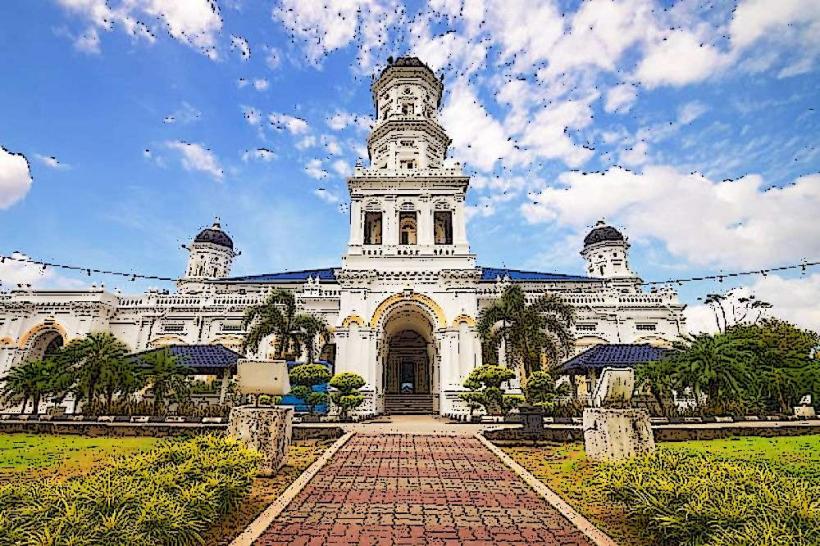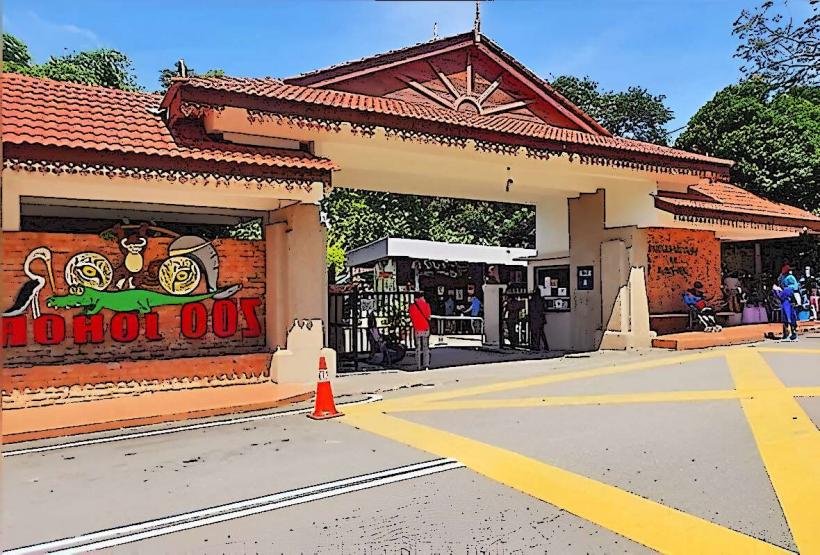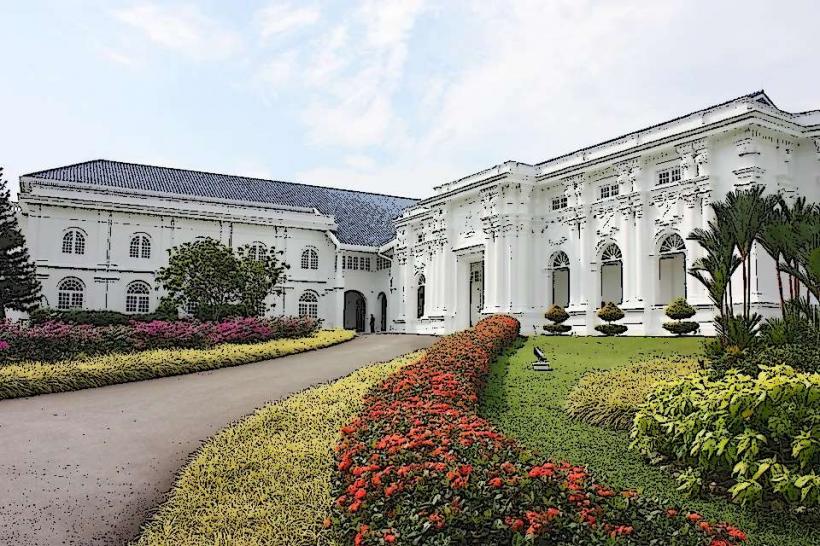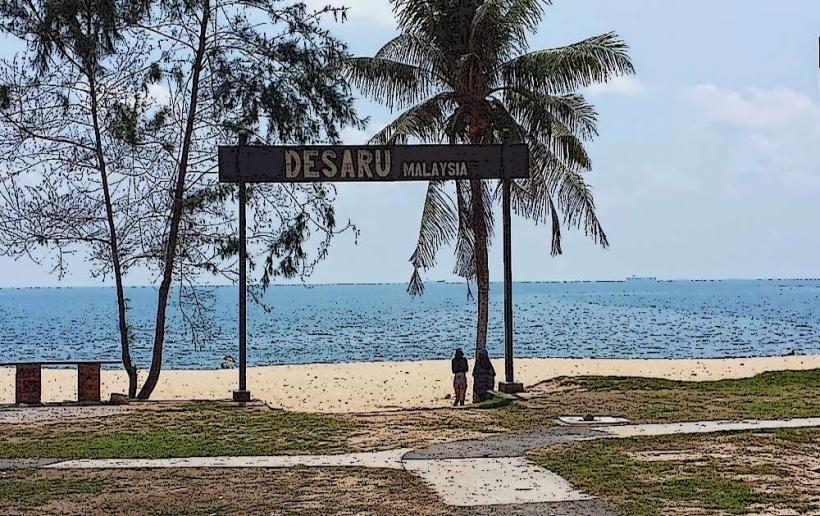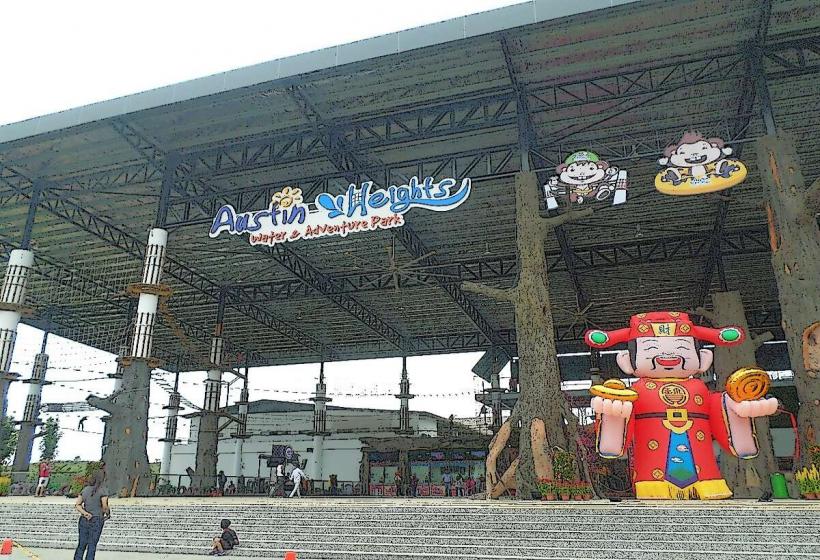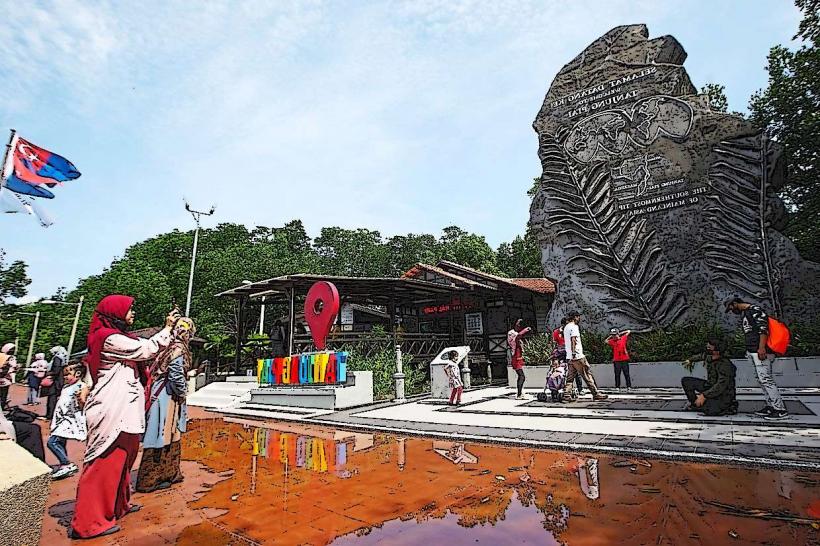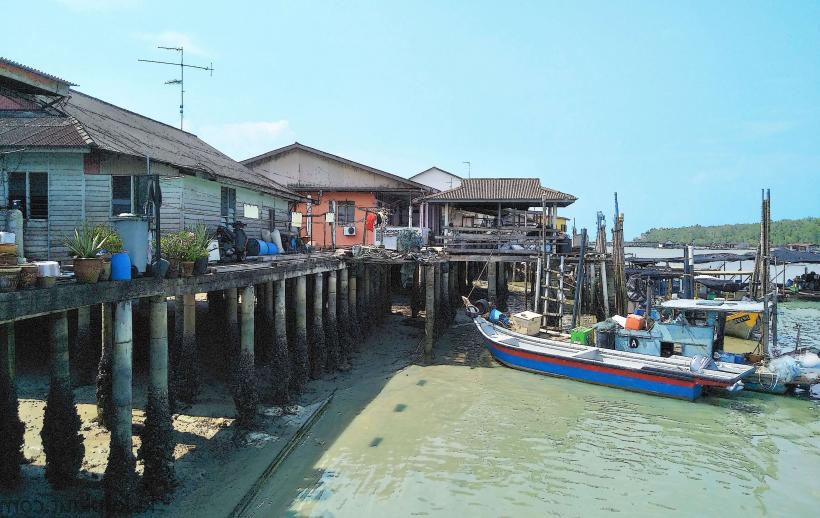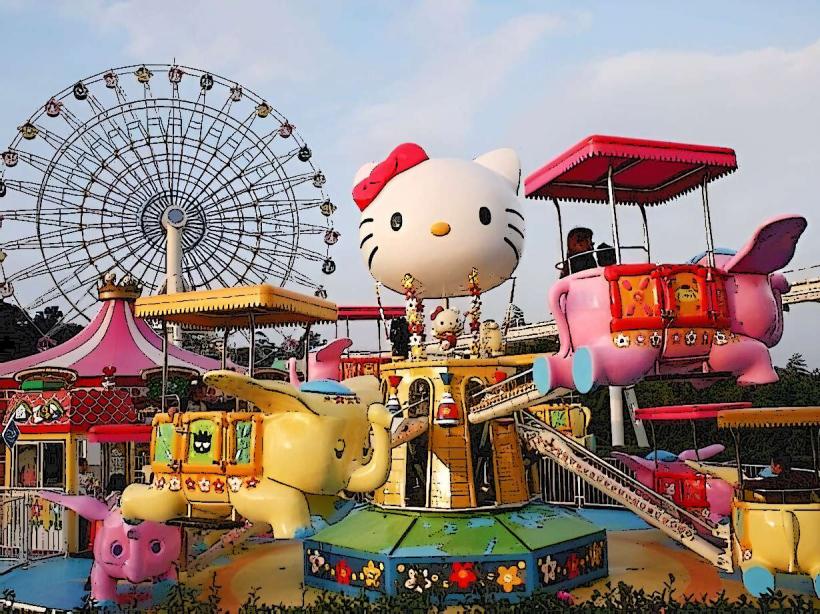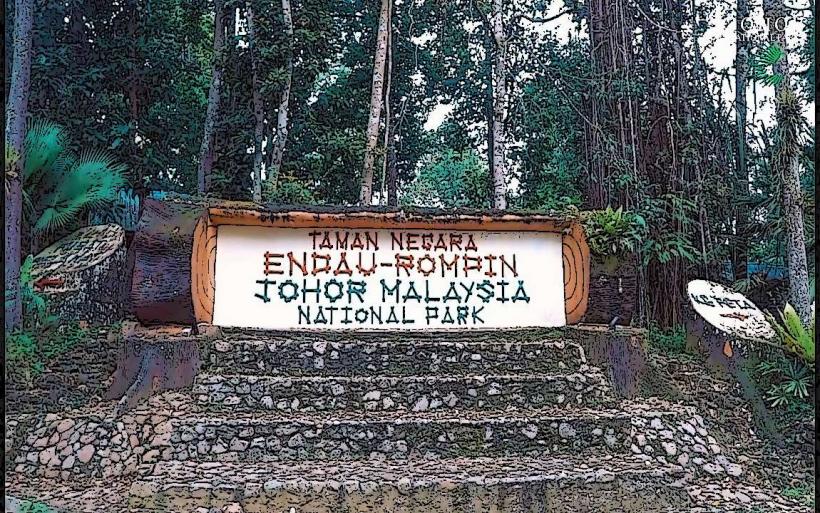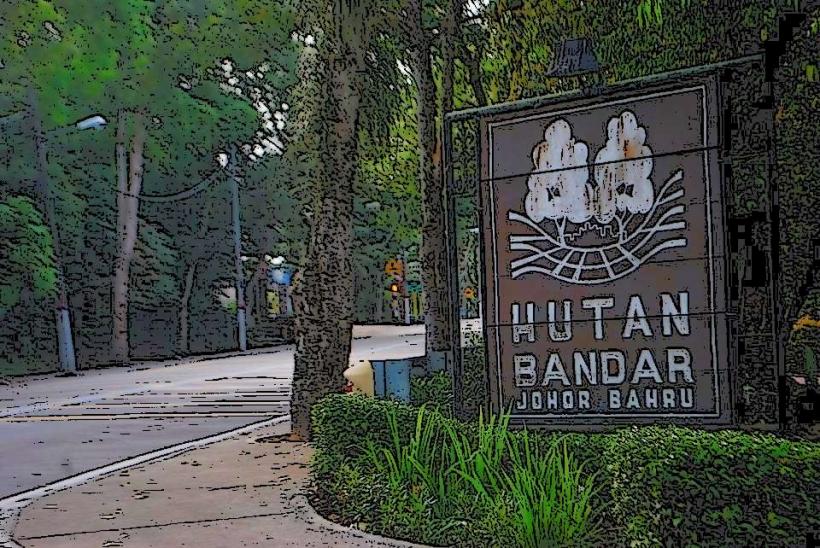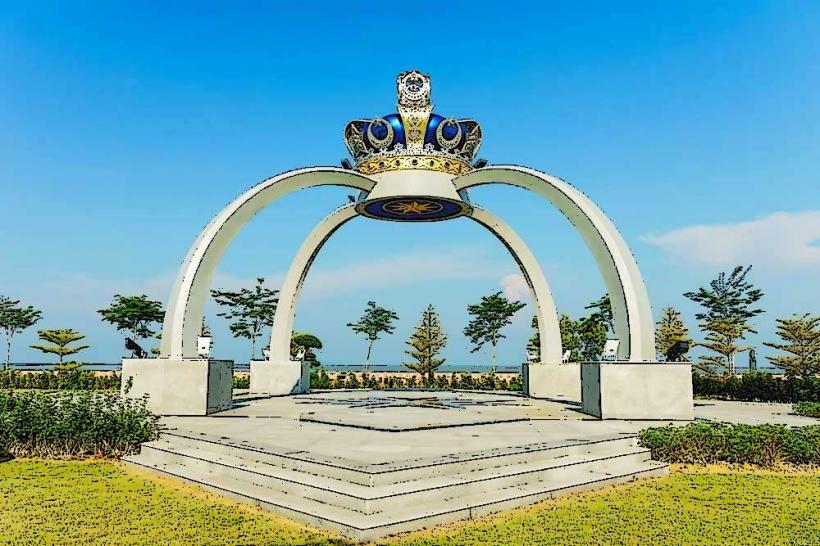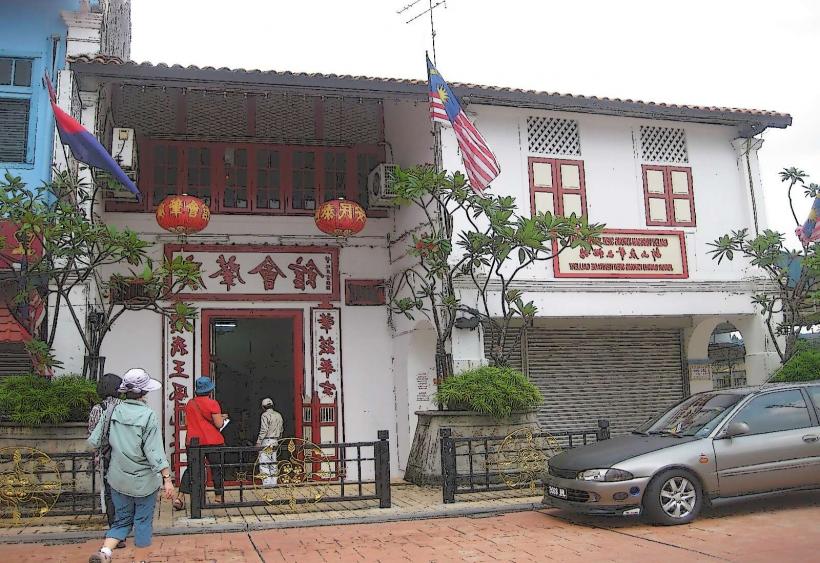Information
Landmark: Johor Bahru Old Chinese TempleCity: Johor Bahru
Country: Malaysia
Continent: Asia
The Johor Bahru Old Chinese Temple is one of the oldest and most historically significant temples in Johor Bahru, Malaysia. It is a well-known landmark in the city, reflecting the rich Chinese heritage and the early Chinese immigrant influence in the region. This temple holds deep cultural and religious significance for the Chinese community in Johor and remains an active place of worship.
Historical Significance
- The Johor Bahru Old Chinese Temple was built in 1826, making it over 190 years old. It is one of the earliest Chinese temples in Johor Bahru, serving as a spiritual center for the Chinese community in the area, especially the early Hokkien and Cantonese immigrants.
- The temple was originally built to honor the Chinese deities and offer a place for worship and community gatherings. It has played a central role in preserving Chinese cultural practices and traditions in Johor Bahru, contributing to the multicultural fabric of the region.
Architectural Features
The temple is a prime example of traditional Chinese architecture, incorporating various elements of Taoist and Buddhist design. It is built in a classic feng shui layout with detailed decorations and a structure designed to invite good fortune and prosperity.
Roof Design: The roof of the temple is adorned with intricate carvings, dragons, and phoenixes, symbolizing good fortune and protection. These features are typical of traditional Chinese temples.
Entrance and Courtyard: The temple has a spacious courtyard with large stone lions guarding the entrance. These lions are a symbol of protection and strength in Chinese culture.
Red and Gold Color Scheme: The use of red and gold colors throughout the temple represents prosperity and good luck in Chinese culture. The interior is also decorated with wooden carvings, calligraphy, and paintings that reflect Taoist and Buddhist beliefs.
Sculptures and Statues: Inside the temple, visitors will find numerous statues of Chinese deities, including Guanyin (the Goddess of Mercy), Zhong Kui (a deity known for protecting against evil spirits), and other gods worshipped by the local Chinese community.
Traditional Offerings: As with many Chinese temples, visitors can find areas for the offering of incense, joss paper, fruits, and flowers, all part of the spiritual practices observed at the temple.
Cultural and Religious Significance
Place of Worship: The Johor Bahru Old Chinese Temple is still an active place of worship today, primarily serving the local Chinese community. The temple holds regular prayers, festivals, and ceremonies related to Chinese religious practices.
Chinese Festivals: The temple is an important venue for celebrating major Chinese festivals, especially Chinese New Year, Taoist festivals, and the Hungry Ghost Festival. During these festivals, the temple sees large gatherings of worshippers who come to pray for good fortune, health, and prosperity.
Cultural Hub: In addition to being a religious site, the temple also serves as a cultural hub for the Chinese community in Johor Bahru. It is a place for social gatherings, cultural activities, and the preservation of traditional Chinese customs.
Visitor Experience
The Johor Bahru Old Chinese Temple is open to visitors who are interested in learning about Chinese culture and history. Some key aspects of the visitor experience include:
Historical Insight: The temple is not only a place of worship but also a living museum of Chinese heritage in Johor. Visitors can learn about the history of the Chinese community in Johor Bahru and the significance of the temple in the region’s development.
Architecture: The temple’s traditional Chinese architecture, with its detailed carvings and vibrant colors, offers an opportunity to appreciate Chinese craftsmanship and design. The peaceful and serene environment inside the temple is conducive to reflection and learning.
Cultural Immersion: Visitors can witness the customs and practices of Chinese worship, such as the offering of incense, prayers, and rituals performed by the locals. The temple offers a window into the spiritual life of the Chinese community in Johor Bahru.
Visitor Information
Location:
- The Johor Bahru Old Chinese Temple is centrally located in Johor Bahru, Malaysia, near the heart of the city. It is situated on Jalan Trus, a major road in the city.
Opening Hours:
- The temple is generally open to the public during the following hours:
- Daily: 7:00 AM to 5:30 PM (hours may vary depending on special ceremonies and festivals).
- It is important to check the temple’s hours around Chinese New Year and other significant festivals, as the temple may be busier or close for specific religious activities.
Entry Fees:
- Free Admission: The Johor Bahru Old Chinese Temple does not charge an entrance fee for visitors. However, donations are encouraged, and visitors may also choose to contribute to the temple’s maintenance and activities.
Dress Code:
- Visitors are advised to dress modestly when visiting the temple. If you are visiting during a religious ceremony or prayer, respectful attire is expected. Shorts, tank tops, and revealing clothing are generally discouraged.
Photography:
- Photography is allowed, but visitors should be respectful of the worshippers and avoid taking intrusive photos during prayers or ceremonies. It is best to ask for permission if you are unsure.
Nearby Attractions
Sultan Abu Bakar State Mosque: A majestic mosque located nearby, known for its Victorian and Moorish architecture.
Johor Bahru Old Bazaar: A historic area filled with shops selling local products, handicrafts, and souvenirs.
Arulmigu Sri Rajakaliamman Glass Temple: A stunning Hindu temple made entirely of glass, located within a short drive from the Chinese temple.
Danga Bay: A waterfront area known for its recreational activities, restaurants, and shopping.
The Johor Bahru Old Chinese Temple is a significant piece of the city’s heritage and an essential stop for visitors who wish to explore the cultural and religious history of the Chinese community in Johor. Whether you're interested in architecture, history, or simply experiencing the local spiritual practices, this temple offers a fascinating and enriching visit.


